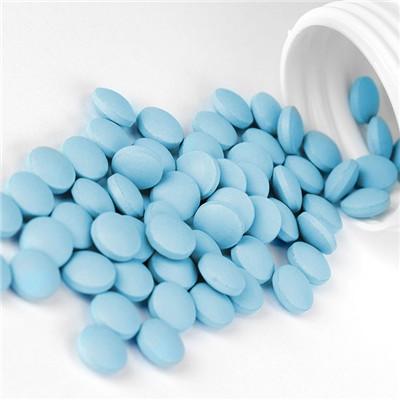How is hydrocephalus treated?
summary
Hydrocephalus is a kind of disease that the cerebrospinal fluid secretion is too much or (and) circulation and absorption disorders caused by brain diseases, resulting in the increase of cerebrospinal fluid reserves, which leads to the enlargement of ventricular system or (and) subarachnoid space. How is hydrocephalus treated? Next, I'd like to share my views with you.
How is hydrocephalus treated?
Non operative treatment is suitable for the patients with early stage or mild disease and slow development. The methods are as follows: ① diuretics or dehydrating agents, such as acetazolamide, hydrochlorothiazide, furosemide, mannitol, etc. ② Repeated puncture and drainage through anterior fontanel or lumbar vertebrae.

For severe hydrocephalus, low intelligence, blindness, paralysis, obvious atrophy of brain parenchyma, cerebral cortex thickness less than 1cm, surgery is not suitable. Surgical treatment of progressive hydrocephalus, head significantly increased, and the thickness of cerebral cortex more than 1cm, can take surgical treatment.

The purpose of cerebrospinal fluid shunt surgery is to establish cerebrospinal fluid circulation pathway, relieve the accumulation of cerebrospinal fluid, and is also used for communicating or non communicating hydrocephalus. The common shunts include lateral ventricle cerebellomedullary cistern shunt, third ventriculostomy, lateral ventricle peritoneal shunt, superior sagittal sinus shunt, atrium shunt, external jugular vein shunt, etc.

matters needing attention
The daily intake should not be too much, generally about 2000 ml. Patients with mild illness, conscious and without dysphagia can help to eat liquid or semi liquid food. The food should be light, eat less and eat more, and the temperature should not be too cold or too hot.















